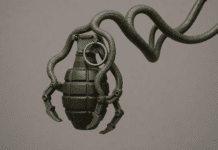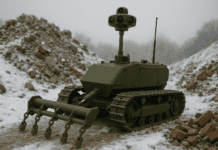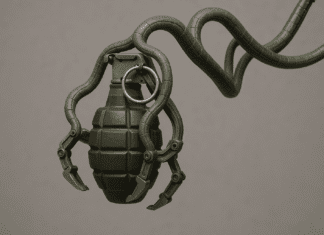Technology will no doubt continue to facilitate the use of medium-altitude, long-endurance (MALE) UAVs like any manned aircraft. It eliminates most, if not all, current operational constraints.
The emergence of this new generation of aircraft will satisfy the requirements of persistence, precision and time contraction across the full spectrum of defense and homeland missions. The significant increase in endurance will offer “occupation of the airspace” over a target and its environment.
According to c4isrnet.com, the unmanned aircraft revolution is based on the following new capabilities:
– SATCOM auto-land. Capabilities such as those of the MQ-9B UAV demonstrate that it is now possible to deploy a multi-sensor intelligence, surveillance and reconnaissance (ISR) capability thousands of miles from its home base. With the only requirement being a small team of technicians on the deployment field, there’s no longer a need to dismantle the aircraft and ship the entire system. This facilitates the availability and initial ISR capability in emergency missions at home or abroad.
– Detect and avoid. The MQ-9B is equipped with an airborne detect and avoid system that includes an air-air radar and a traffic collision and avoidance system that offers a significant alternative to the traditional rule of see and avoid.
– Redundancy of the main satellite link. The redundancy of the primary beyond line of sight (BLOS) link with a secondary satellite link operating in another frequency band ensures the continuation of the mission by permanently maintaining the piloting capabilities, even in the event of interference. With a second satellite link, the aircraft will now remain in control of the remote pilot and will either continue its mission safely or land without issue. This helps make these aircraft perfectly suitable for flight in civilian airspace.
– Certification. The next years will bring the advent of unmanned aircraft built to civilian aircraft standards. Initially conceived to fill surveillance and combat roles, the use of large UAV remained limited to the “dirty, dull and dangerous” missions.
– Sensor modularity. Modern UAVs will allow more sensors to be integrated according to customer needs. The ISR omni-role platform will be plug-and-play and “sensors agnostic.” As aircraft allow for constant monitoring of a target and its environment, it is necessary to capitalize on that through the modularity of sensors ideally without hampering endurance. Sensor variety ranges from traditional real-time high-definition cameras (FMVs) to multi-mode radars to a wide range of guided weapons and multi-intelligence sensors (COMINT, ELINT, WAMI, hyperspectral, EW, anti-submarine warfare).



























